As Washington’s antitrust enforcers double down on Big Tech, a new factor is poised to upend their strategy: artificial intelligence. The Department of Justice’s recent victory against Google was hailed as proof that the government’s more aggressive approach to competition is working.
But the same cannot necessarily be said for other pending antitrust complaints. In fact, the emergence of AI could weaken the Federal Trade Commission’s high-profile case against Amazon, for example, because this time, AI is already changing the market in real time.
Judge Amit Mehta’s decision in the Google search case found that the company maintained a monopoly over general search services and text advertising. But his opinion also contained a subtle caveat. Although AI could one day transform search, he wrote, it hadn’t yet done so and isn’t certain to do so in the “foreseeable future.” In other words, AI could not be fully considered a competitive factor because its effect on search is not imminent enough to reshape current competition.
What counts as “foreseeable” now looms large over the FTC’s case against Amazon. The agency alleges that Amazon has illegally maintained monopoly power in two markets: online “superstore” shopping and online marketplace services. The agency further alleges that “no current or future rival can threaten its dominance.” Yet in both spaces, AI-fueled competitors are already eroding Amazon’s edge.
Walmart, for instance, recently announced a partnership with OpenAI that will allow customers to make purchases directly through ChatGPT. The integration lets shoppers discover and buy products seamlessly, an innovation that brings Walmart’s online experience closer to Amazon’s trademark convenience. Already the largest competitor of Amazon in the online retail space, Walmart’s development only increases the competition between the two giants.
Meanwhile, TikTok Shop has quickly become a powerful new entrant. Its mix of short-form video and frictionless checkout has proven sticky with users. According to Retail Dive, in February 2024, 81 percent of purchases came from repeat customers, and 75 percent of users said they were likely to buy again. Those numbers suggest a current competitive threat, not a hypothetical threat years away. With TikTok’s deal, preventing the platform from being banned, complete, this competitive threat looks like it is here to stay.
That means both Walmart’s and TikTok’s AI-enabled platforms easily meet Judge Mehta’s criteria of the “foreseeable future.” For Amazon, they’re not distant rivals; the platforms represent current challenges to its dominance.
For regulators, this presents a growing dilemma. The speed of technological change increasingly outpaces the speed of enforcement. While not developed enough to be fully considered in the Google case, AI is just one example of a general-purpose technology that can reshape markets and competition.
By the time current antitrust lawsuits conclude, the underlying market dynamics will likely already have shifted. If AI reshapes how consumers find, compare, and buy products, then the FTC’s case against Amazon could look like an effort to regulate the last generation’s internet economy.
The Justice Department’s victory against Google was framed as a landmark for a new era of antitrust. But if the FTC doesn’t account for AI’s rapid integration into retail, it risks fighting yesterday’s battle and missing the next real test of market power.
Ultimately, Washington must decide whether its goal is to punish success or foster innovation. The emergence of AI-driven retail competition shows that market forces, not lawsuits, may be the most effective check on corporate dominance. Regulators should remain vigilant, but also realistic: the pace of change is only increasing, and code, not courts, may emerge as the best way to open markets.
Tirzah Duren is the president and CEO of the American Consumer Institute, a nonprofit education and research organization.



